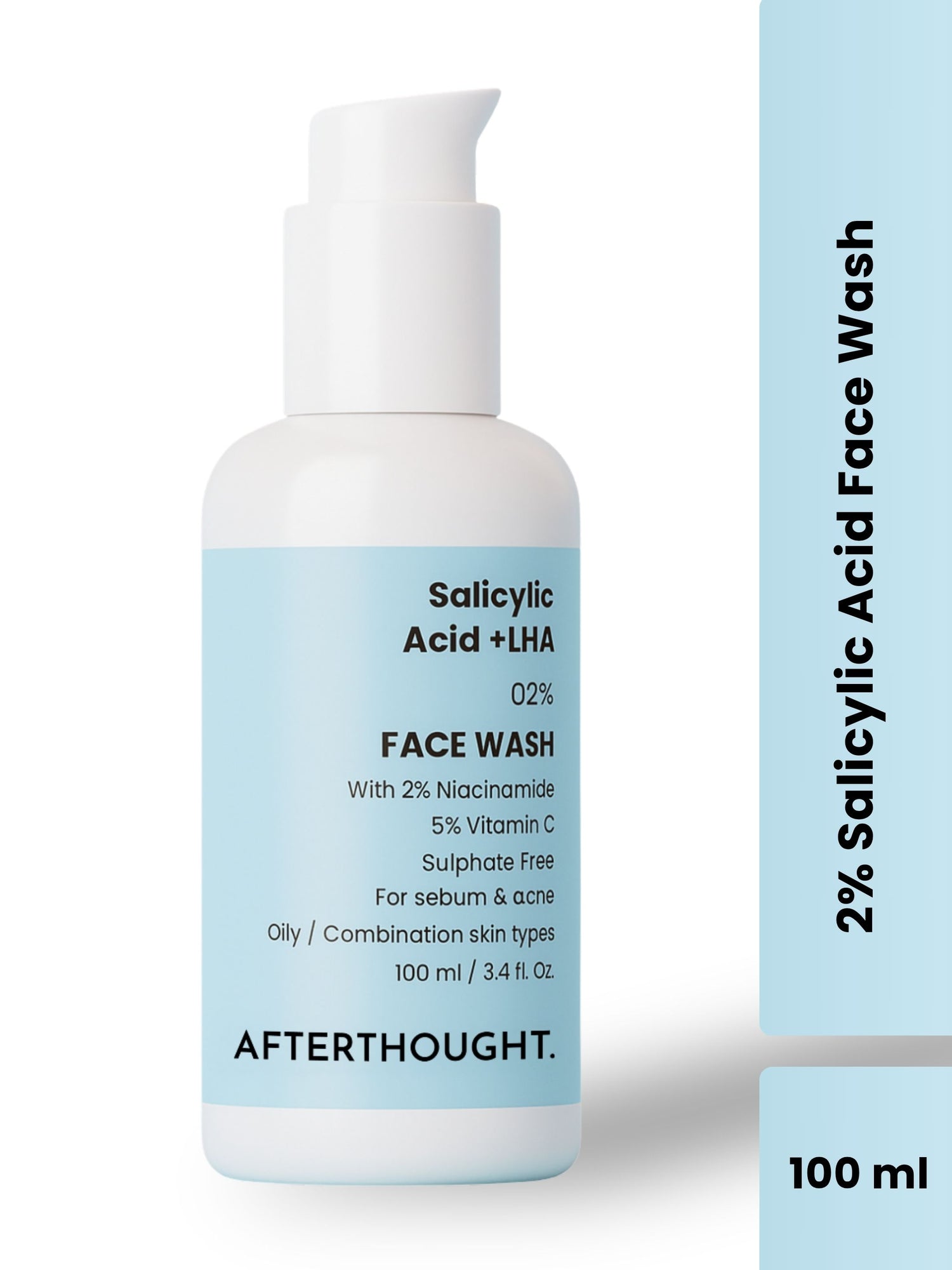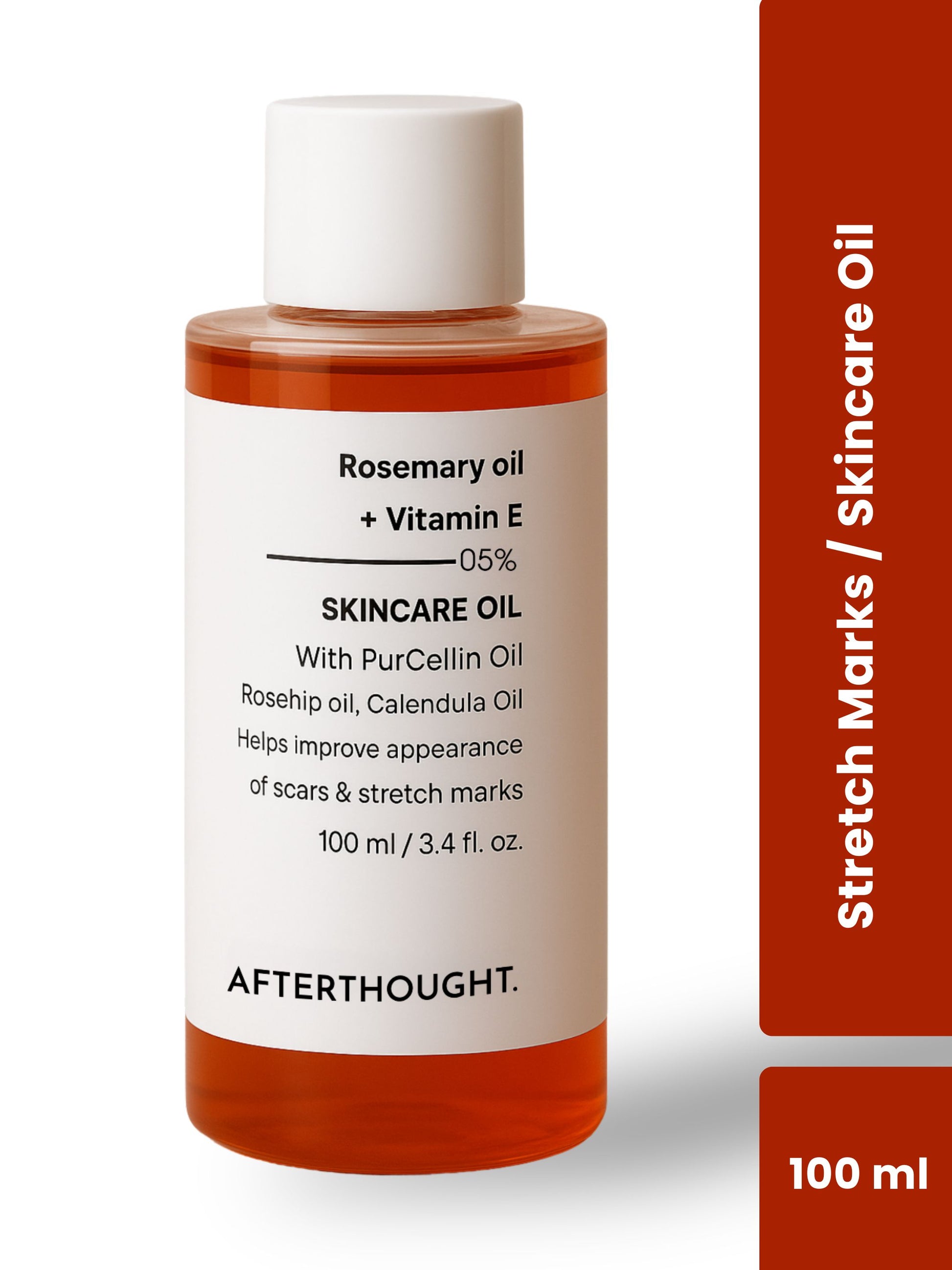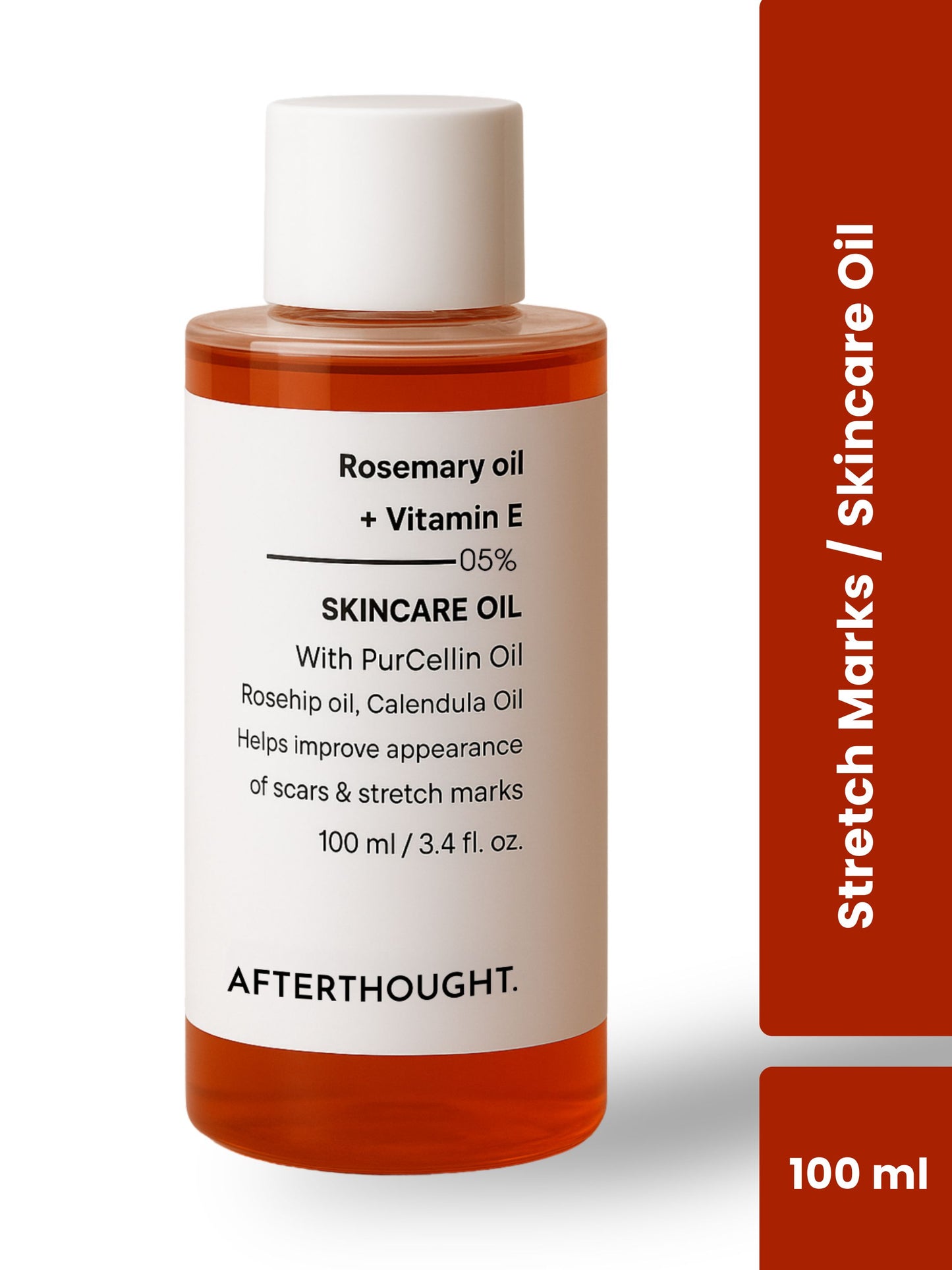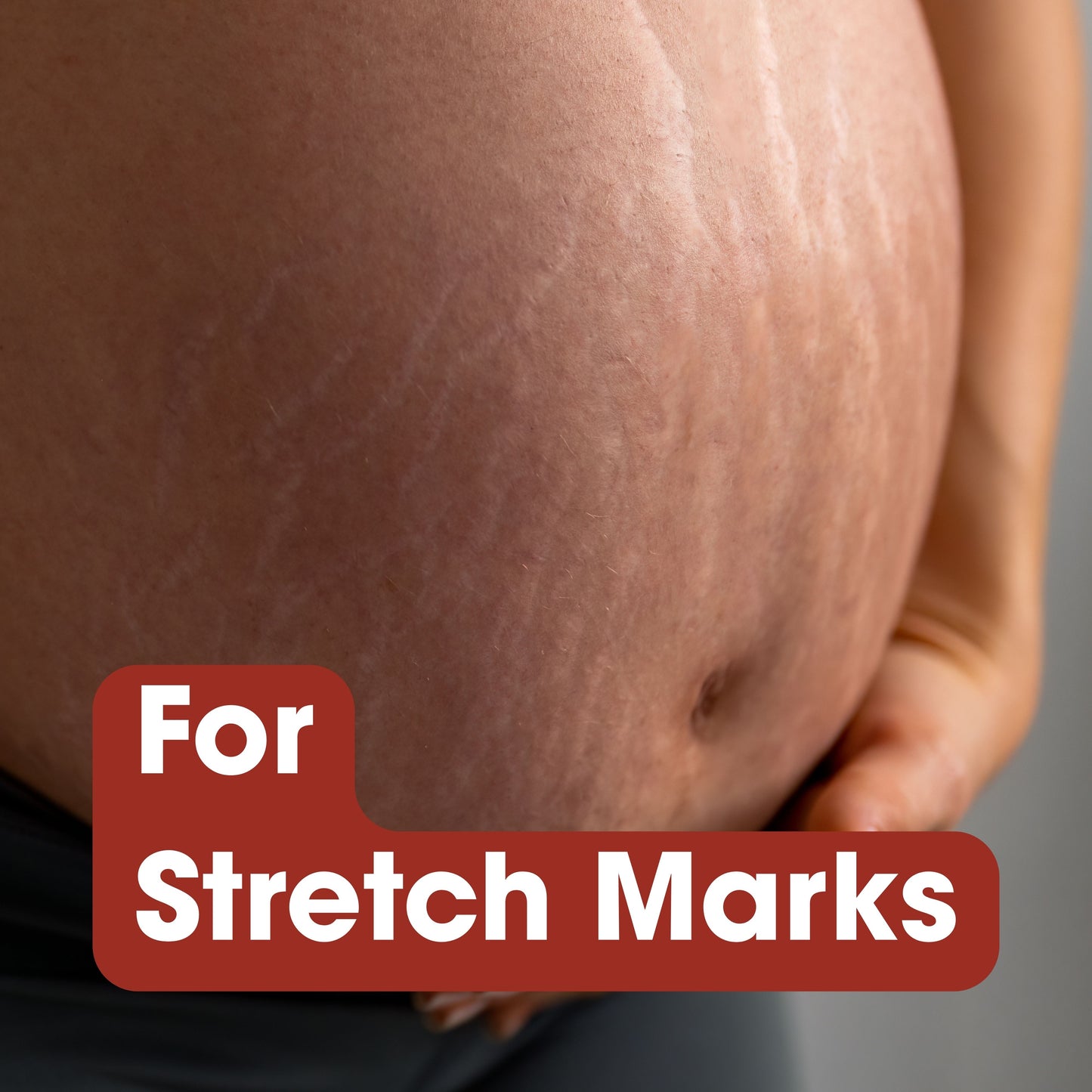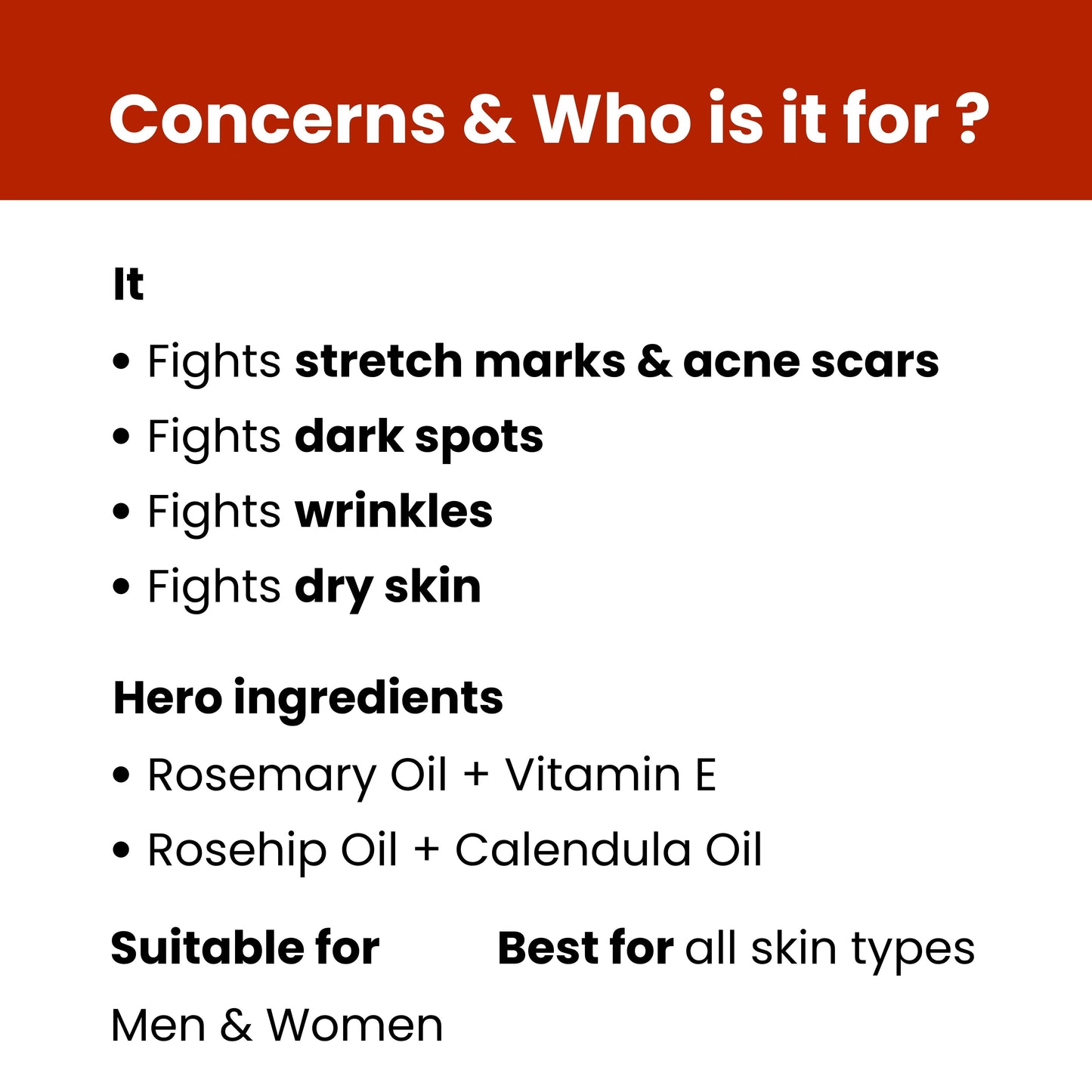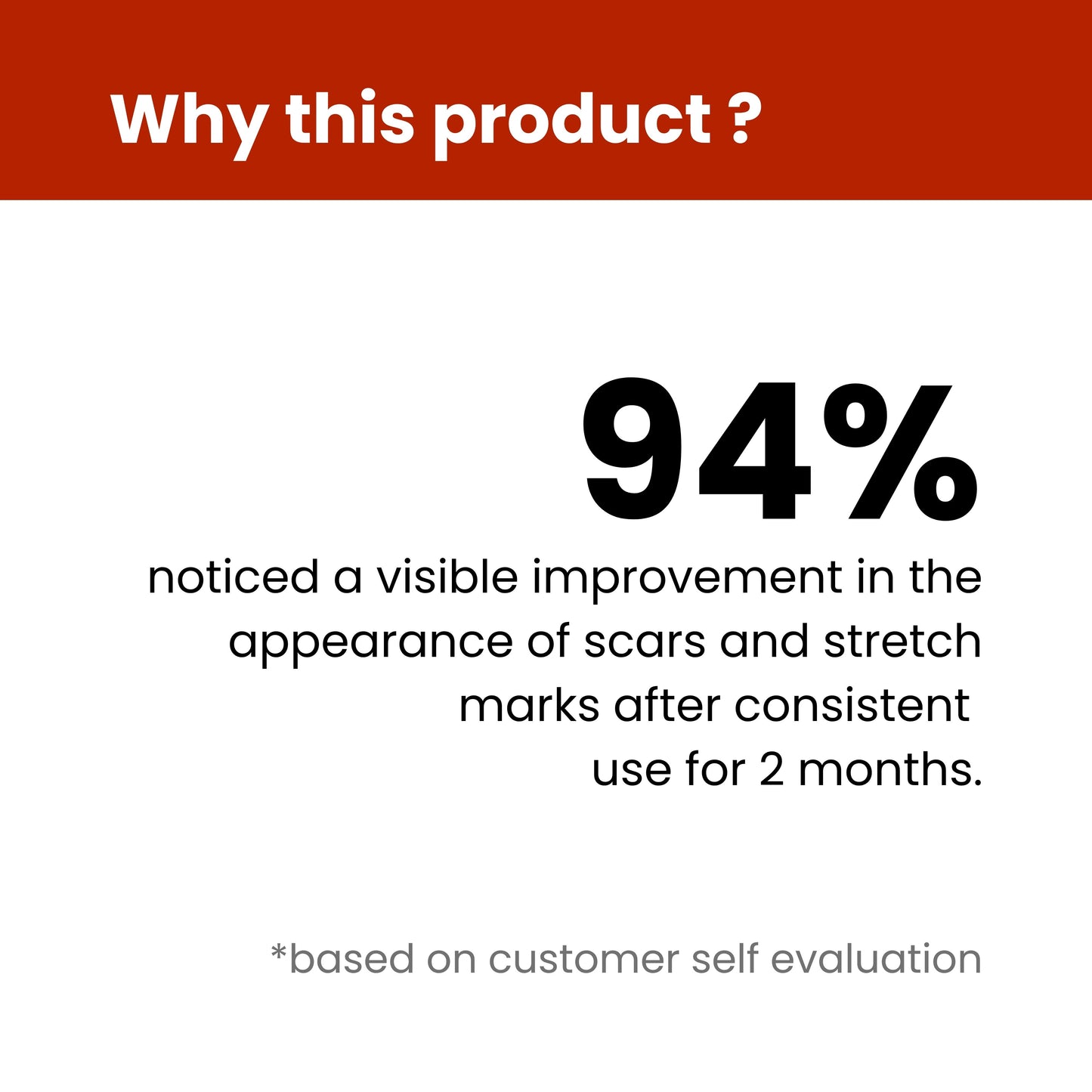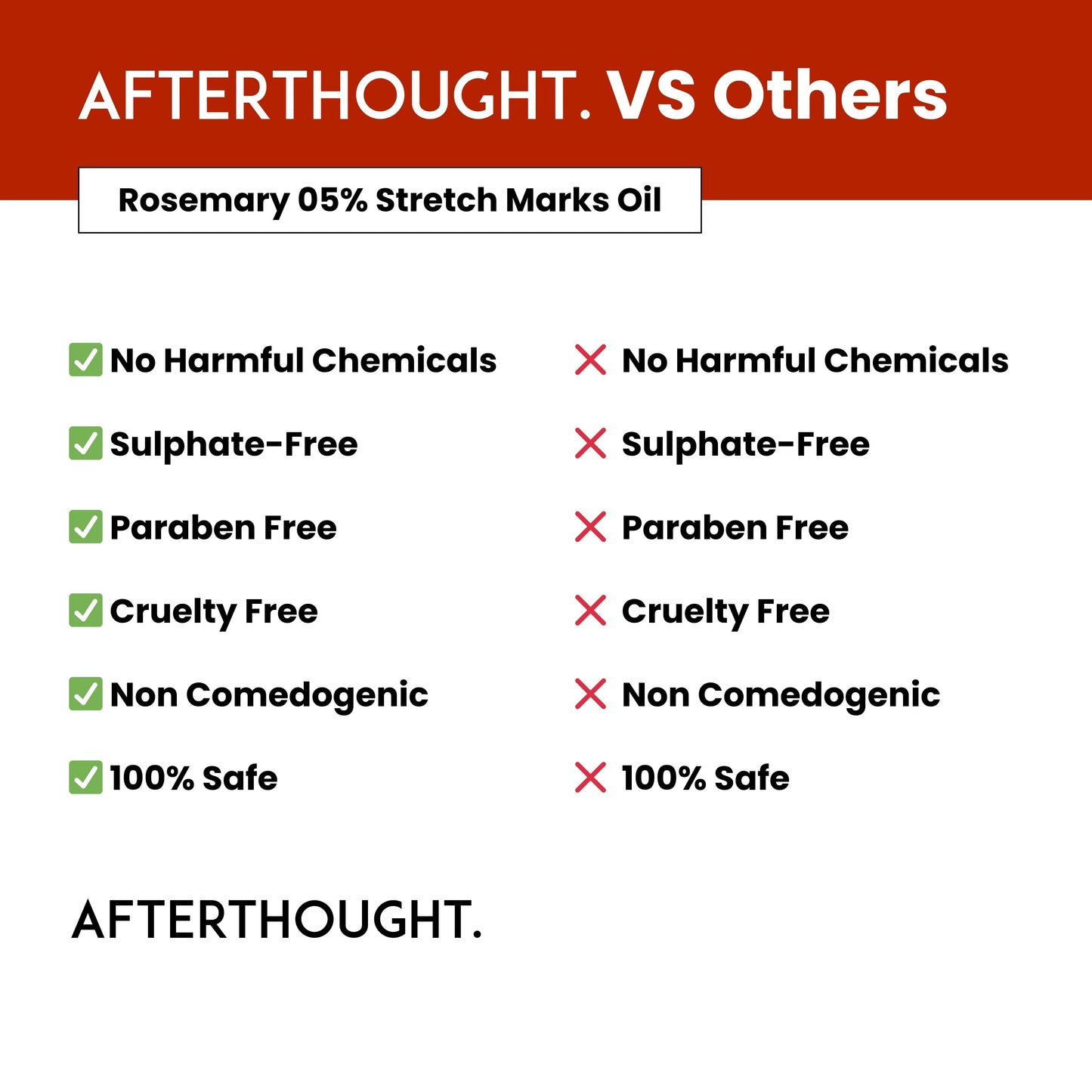How To Minimize Stretch Marks?
Stretch marks, medically known as striae, are a common skin condition that can occur when the skin is stretched rapidly. This can happen during pregnancy, weight gain, muscle growth, or puberty. While stretch marks are generally harmless, many individuals seek ways to minimize their appearance.
In this article, we will explore the causes of stretch marks and provide effective ways to reduce their visibility through natural methods, skincare practices, and lifestyle changes.
What Are Stretch Marks?
Stretch marks appear as streaks or lines on the skin, which can range in color from pink to red, purple, or brown, and eventually fade to a lighter color. These marks are formed when the skin is stretched beyond its elastic capacity, causing the collagen and elastin fibers in the dermis to rupture. Over time, the body attempts to repair the skin, leading to the formation of scars.
Stretch marks are most commonly found on areas of the body where fat is stored or muscle growth is rapid, such as the abdomen, thighs, hips, arms, and buttocks. While stretch marks can affect both men and women, they are especially prevalent during times of significant body changes, such as pregnancy, puberty, or intense weight gain.
What Causes Stretch Marks?
There are several factors that contribute to the development of stretch marks. Understanding these factors can help you take preventive measures to minimize their appearance:
- Rapid Weight Changes: Sudden weight gain or loss can stretch the skin too quickly, causing it to tear and form stretch marks. This is especially common during pregnancy or after significant changes in body weight.
- Muscle Growth: Rapid muscle growth, such as that experienced by bodybuilders, can also lead to the formation of stretch marks. This occurs when the skin is stretched due to the expansion of muscle mass.
- Genetics: Your genetic makeup plays a role in how your skin responds to stretching. If your family members have had stretch marks, you may be more likely to develop them.
- Hormonal Changes: Hormonal fluctuations, such as those experienced during pregnancy or puberty, can weaken the skin's ability to stretch without scarring.
- Corticosteroid Use: Prolonged use of corticosteroids can affect the production of collagen in the skin, making it more susceptible to stretching and scarring.
How to Minimize the Appearance of Stretch Marks
While stretch marks cannot always be completely eliminated, several strategies can help minimize their appearance. The following methods focus on improving skin elasticity, encouraging healing, and enhancing the overall appearance of the skin.
1. Hydrate and Moisturize the Skin
Keeping your skin hydrated and moisturized is one of the best ways to improve its elasticity and minimize the appearance of stretch marks. Well-hydrated skin is more flexible and can stretch without tearing. Apply a good-quality moisturizer regularly, especially on areas prone to stretch marks. Moisturizing keeps the skin soft and reduces the visibility of any scars.
Use natural oils such as coconut oil, olive oil, or almond oil, as they are rich in vitamins and fatty acids that promote skin healing. These oils help nourish the skin, improve elasticity, and may prevent new stretch marks from forming.
2. Exfoliate Regularly
Exfoliating your skin helps remove dead skin cells and stimulates the production of new cells. Regular exfoliation can improve the texture and tone of the skin, making stretch marks less noticeable. Gentle exfoliation increases blood circulation, which encourages healing and helps fade scars more effectively.
You can make a homemade sugar scrub by mixing sugar with olive or coconut oil to create a paste. Gently massage the scrub onto the affected areas in circular motions. Be sure not to apply too much pressure, as you don’t want to damage the skin. Exfoliate once or twice a week for the best results.
3. Use Vitamin E and Other Nutrients
Vitamin E is widely known for its ability to promote skin healing. It has antioxidant properties that help repair damaged skin and reduce the visibility of scars. Many over-the-counter products for stretch marks contain vitamin E, but you can also use pure vitamin E oil directly on the affected areas. This helps moisturize the skin, boost collagen production, and fade stretch marks over time.
In addition to vitamin E, vitamins A and C are also essential for healthy skin. Vitamin A helps to improve skin texture and elasticity, while vitamin C aids in collagen formation. Incorporating these vitamins into your diet or using skincare products enriched with these nutrients can significantly improve the appearance of stretch marks.
4. Apply Aloe Vera
Aloe vera is a popular natural remedy for a wide range of skin concerns, including stretch marks. Its soothing properties reduce inflammation and promote healing. Aloe vera contains vitamins, minerals, and amino acids that support skin repair and regeneration.
To use aloe vera for stretch marks, apply fresh aloe vera gel directly to the affected areas and leave it on for 20–30 minutes before rinsing it off. Repeat this process twice a day for the best results. Aloe vera is safe to use daily and can help improve skin elasticity over time.
5. Massage with Essential Oils
Massaging the skin can improve circulation, break down scar tissue, and promote the healing of stretch marks. Certain essential oils, such as lavender, rosehip, and chamomile, are known for their skin-healing properties. These oils can be diluted with a carrier oil like coconut oil or jojoba oil and massaged into the skin.
Massage the affected areas in circular motions for 5–10 minutes every day. Regular massage helps stimulate blood flow and collagen production, which can improve the appearance of stretch marks.
6. Consider Retinoid Creams
Topical retinoid creams, which contain vitamin A derivatives, are commonly used to treat stretch marks. Retinoids can promote collagen production and encourage the regeneration of skin cells. They can also help reduce discoloration, making stretch marks less noticeable over time.
However, retinoid creams should be used with caution, especially during pregnancy, as they can have harmful effects. Always consult with a healthcare professional before using any products containing retinoids.
7. Stay Consistent with Your Skincare Routine
The key to minimizing stretch marks is consistency. While natural remedies and skincare treatments can help, they require regular application to be effective. Be patient and give your skin time to respond to the treatments. In most cases, you can expect to see improvement within a few weeks to months, depending on the severity of the stretch marks.
Prevention Tips to Minimize Stretch Marks
Although it’s not always possible to prevent stretch marks, there are a few steps you can take to minimize their likelihood:
- Maintain a Healthy Weight: Gradual weight gain or loss allows your skin time to adjust and prevents it from being stretched too quickly.
- Stay Hydrated: Drinking plenty of water helps keep your skin supple and elastic, reducing the risk of stretch marks.
- Exercise Regularly: Exercise, especially strength training, can help maintain muscle tone and prevent excessive skin stretching.
- Eat a Balanced Diet: A diet rich in vitamins, especially vitamins A, C, and E, can promote healthy skin and reduce the formation of stretch marks.
Conclusion
Stretch marks are a natural and common part of life, but they don’t have to be a source of frustration. By adopting a skincare routine that includes moisturizing, exfoliating, and using natural remedies, you can significantly reduce the appearance of stretch marks.
While complete removal may not be possible, consistent care can help improve the texture and tone of your skin, making stretch marks less noticeable over time. Additionally, adopting a healthy lifestyle with proper hydration, exercise, and a balanced diet can go a long way in preventing new stretch marks from forming.
Also Read: How To Get Rid of Stretch Marks for Men?
